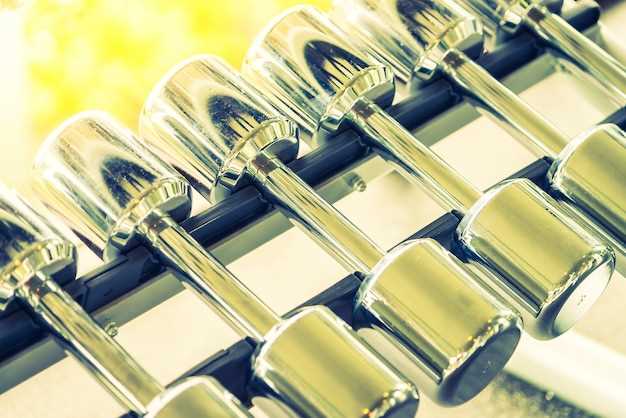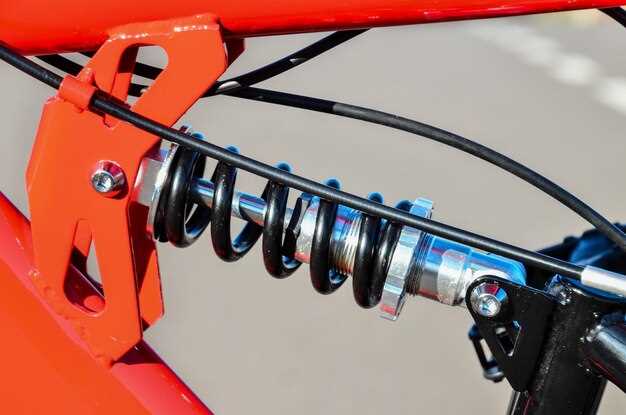
Are you looking to elevate your vehicle’s performance on the track? The right suspension kit can make all the difference, enhancing both handling and comfort. One of the most effective upgrades you can consider is the installation of coilovers. These versatile suspension systems not only improve stability but also offer the ability to fine-tune your ride height and damping settings.
Coilovers are designed to provide a more responsive driving experience by lowering the center of gravity and reducing body roll during cornering. This leads to improved traction, quicker turn-in response, and an overall more planted feel when navigating sharp bends. By ensuring optimal contact between your tires and the road, coilovers can significantly enhance your vehicle’s grip, giving you the confidence to push your limits on the track.
Moreover, coilovers come equipped with adjustable features that allow you to customize your suspension setup based on your specific driving style and track conditions. Whether you’re focusing on road racing, drifting, or autocross, the ability to modify your suspension can provide a competitive edge. Transform your track experience with the right suspension kit and feel the difference that coilovers can make in your performance journey.
Understanding the Benefits of Coilovers for Enhanced Handling
Coilovers are a popular choice among automotive enthusiasts seeking improved handling and performance from their vehicles. These integrated suspension systems combine coils and dampers into a single unit, allowing for precise adjustments in ride height and damping characteristics. One of the primary benefits of coilovers is their adjustability, which enables drivers to fine-tune the suspension set-up to suit their specific driving style and conditions.
By lowering the ride height, coilovers can significantly reduce the center of gravity, resulting in enhanced stability during cornering. This design improves weight distribution, allowing for better traction and responsiveness. Furthermore, many coilover kits provide options for adjusting damping rates, enabling users to switch between comfort for everyday driving and stiffness for spirited track sessions.
Additionally, coilovers often feature higher-quality materials and construction compared to traditional shock absorbers and springs. This results in increased durability and performance under various conditions. Enhanced suspension travel also allows for better handling over bumps and uneven surfaces, making the driving experience smoother and more controlled.
Finally, coilovers offer a balance of performance and aesthetics. With the ability to lower a vehicle’s stance, they provide an aggressive look that appeals to many car enthusiasts. Therefore, choosing coilovers can not only enhance driving dynamics but also elevate the overall appearance of the vehicle.
Installation Tips for Suspension Kits to Optimize Track Performance

Installing a suspension kit can significantly enhance your vehicle’s track handling characteristics. To ensure optimal performance, consider the following tips during installation.
1. Choose the Right Kit: Selecting a suspension kit specifically designed for your vehicle model is crucial. This guarantees compatibility and helps maintain proper handling dynamics.
2. Gather Necessary Tools: Before starting the installation, ensure you have all required tools, including wrenches, socket sets, and a torque wrench. This will streamline the process and prevent disruptions.
3. Read the Instructions: Always start with the manufacturer’s installation manual. Following their guidelines ensures that you adhere to specifications that influence handling and safety.
4. Check for Existing Damage: Before installing the new suspension kit, inspect your vehicle’s existing components for any damage or wear. Replace any worn parts to maintain effective handling.
5. Work on a Level Surface: Performing the installation on a flat surface prevents unwanted shifts and ensures accurate adjustments, which are essential for optimal track performance.
6. Align Components Properly: Pay attention to the alignment of suspension components during installation. Properly aligned elements will enhance steering response and improve overall handling.
7. Adjust Ride Height: Fine-tuning the ride height post-installation can greatly affect your vehicle’s center of gravity, encouraging better handling during high-speed cornering.
8. Test Drive: After installation, conduct a test drive in a controlled environment to evaluate handling. Make necessary adjustments based on your observations to refine performance.
9. Maintain Regular Checks: Continuous performance depends on regular inspections of your suspension system. Look for signs of wear and make adjustments to maintain optimal track handling over time.
By following these installation tips, you can ensure that your suspension kit maximizes track performance and handling, providing a smoother and more responsive driving experience.
Adjusting Coilovers: Setting the Right Ride Height and Damping

Coilovers are an essential component for enhancing vehicle performance and handling. Proper adjustment of coilovers allows for optimal ride height and damping settings, which can significantly affect driving dynamics. Achieving the right balance is crucial for both practicality and performance.
When adjusting the ride height, it is important to consider the intended use of the vehicle. Lowering the ride height can enhance aerodynamics and decrease the center of gravity, leading to improved cornering capabilities. However, too low a height can lead to clearance issues and negatively impact ride comfort. A general guideline is to start with a moderate drop and test the vehicle’s handling and comfort before making further adjustments.
To set the ride height accurately, measure from the ground to a fixed point on the vehicle, typically the fender lip. Adjust the coilover by either raising or lowering the spring perch. It’s advisable to make small adjustments and recheck the height multiple times to ensure consistency across all corners of the vehicle.
Damping settings on coilovers control the suspension’s response to bumps and undulations in the road. Most coilover systems feature adjustable damping that allows drivers to fine-tune the stiffness of the suspension. A stiffer setting generally improves handling and feedback but can compromise comfort on rough surfaces. Conversely, a softer setting enhances comfort but may lead to excessive body roll during aggressive driving.
Begin by setting the damping to the manufacturer’s recommended baseline and adjust from there based on personal preference and driving conditions. Test the vehicle after each adjustment to evaluate how changes in damping affect overall performance. It’s often beneficial to find a middle ground that maintains both drivability and responsiveness.
In summary, adjusting coilovers involves a careful balance of ride height and damping settings. Fine-tuning these elements will lead to enhanced vehicle performance, improved handling, and an overall better driving experience. Regular assessment and adjustment may be necessary as driving conditions and preferences change, ensuring optimal performance at all times.



